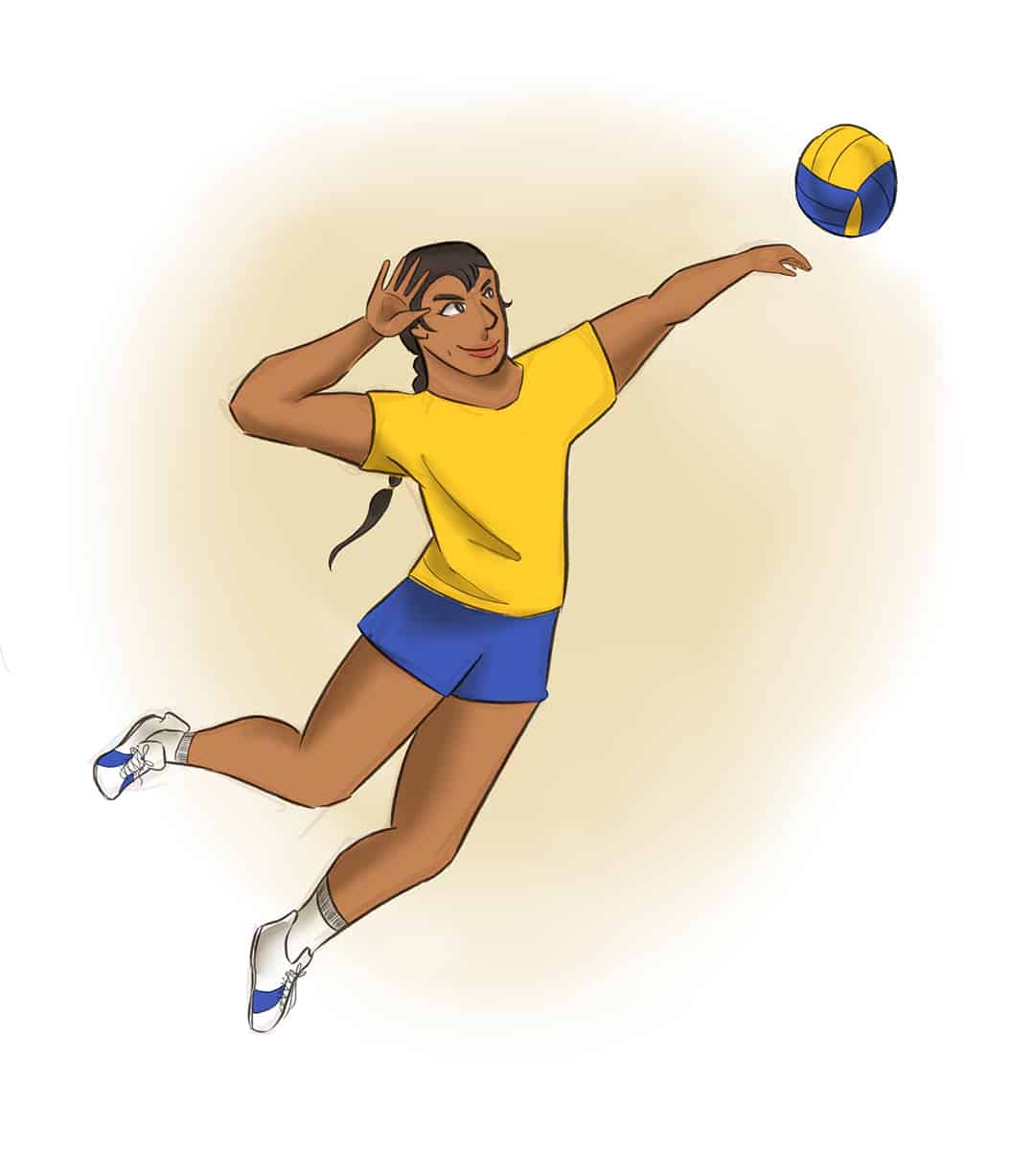As one of the premiere events in volleyball communities, the 75th annual North American Chinese Invitational Volleyball Tournament (NACIVT) was held this Labour Day weekend in Toronto. Altogether, a total of 162 teams convened at the Metro Convention Centre on Front Street to participate in a friendly competition of 9-man, a variation of volleyball that is deeply rooted in Chinese-North-American culture.
9-man differs from traditional volleyball in multiple aspects, specifically the on-court rules and the restrictions on who is able to play. As the name suggests, nine players are on the court at a time, compared to six in traditional volleyball, which makes 9-man much more action-packed and fast-paced than the traditional game.
The court size of 20 by 10 metres is both one metre longer and wider than those commonly found in volleyball. No jumping is allowed on serves, and only three players per team are allowed to take a serve. Furthermore, rotation of players is not mandatory, which leads many players to specialize in two or three positions.
In addition, the rules of 9-man stipulate that two thirds of the players on the court must be of full Chinese descent. The rest are typically comprised of those from other East Asian countries, such as Hong Kong, Japan, Korea, Taiwan, and the Philippines.
Without much to do in their spare time due to segregation, discrimination, and a language barrier, Chinese workers in the Greater Boston area imported 9-man in the 1930s. The game, which was originally from the Guangdong province of China, made it to North America as a way to build community and camraderie amongst the workers.
The first tournament took place in 1937, and ever since the sport continued to gain popularity. Soon, residents of many cities from across the United States and Canada formed their own teams and participated annually in the Labour Day tournament. In 1976, female participants were introduced to the game, and the first women’s tournament was hosted in 1977 in Toronto. The first international participants, a team from Shanghai, China, joined the competition in 2009, showing the global popularity and recognition that this sport has garnered.
“It has brought together a lot of people in the Chinese volleyball community and you start to develop a lot of long-lasting friendships,” U of T student Amy Gao, who has been playing 9-man volleyball for three years, told The Varsity. “9-man is so much more interesting than normal [volleyball]. It’s faster-paced, with fancier plays, while keeping the same physicality as the regular game.”
According to those who have documented the history of 9-man, the NACIVT has “broken down barriers of gender, age, race, wealth, geography and many others” truly bringing people together and unifying them through volleyball.
Having already been held seven times in Toronto, the NACIVT has had a profound impact on the East-Asian community throughout the GTA, bringing together youth from various neighbourhoods and promoting a healthy, active lifestyle.


